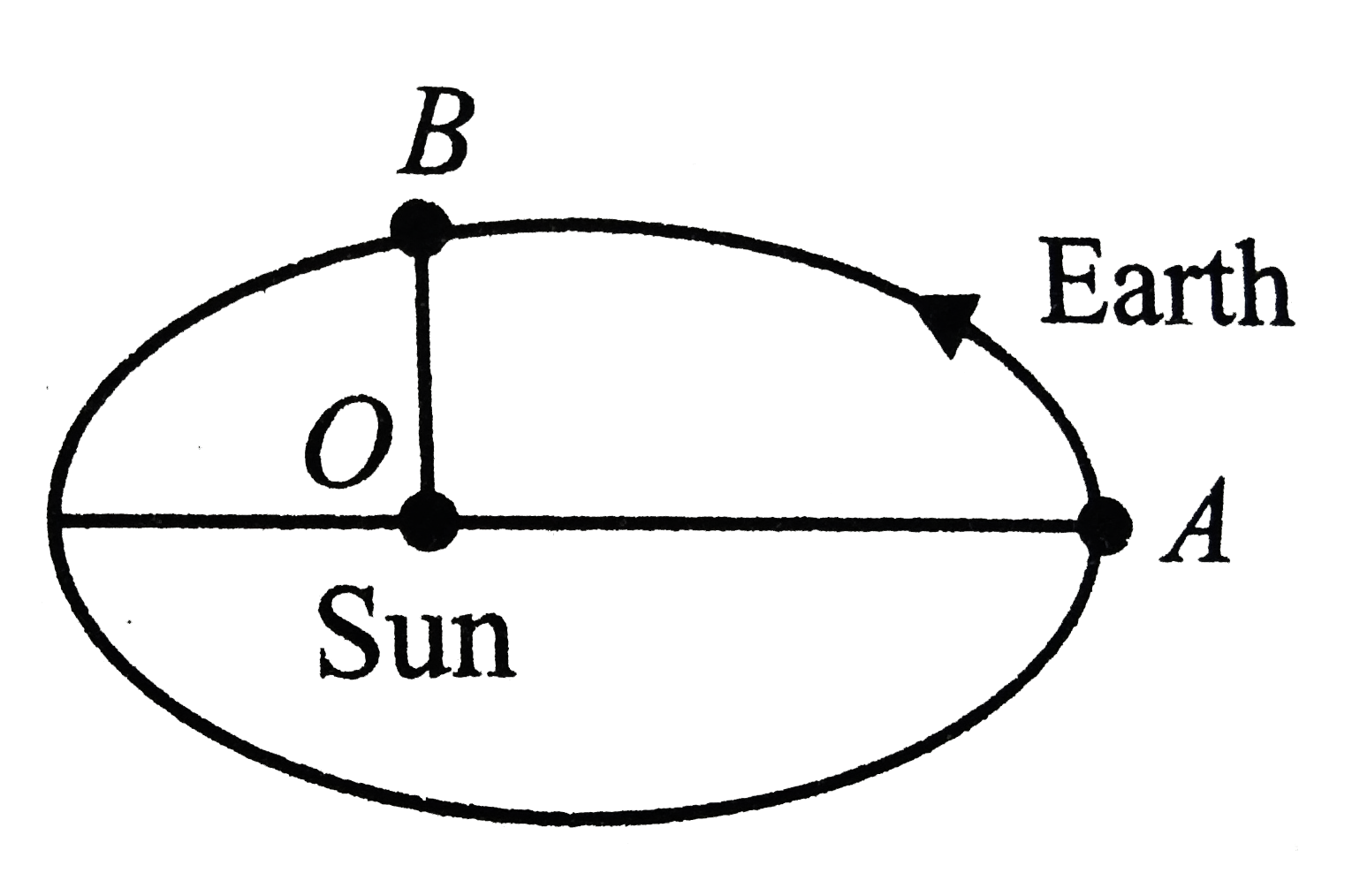Consider Earth and Sun isolated system. Earth moves around Sun in elliptical orbit. Now if the length of major axis for elliptical orbit is assumed to be half it's present value and consider also the masses of both Sun and Earth to be half of present value then the number of days in a year would be (A) 64.5 129 (B) 182.5 (D) 730
Step by step video & image solution for Consider Earth and Sun isolated system. Earth moves around Sun in elliptical orbit. Now if the length of major axis for elliptical orbit is assumed to be half it's present value and consider also the masses of both Sun and Earth to be half of present value then the number of days in a year would be (A) 64.5 129 (B) 182.5 (D) 730 by Physics experts to help you in doubts & scoring excellent marks in Class 12 exams.
Similar Questions
Knowledge Check
- Question 1 - Select One
If the distance between the earth and the sun were half its present value, the number of days in a year would have been
A64.5B129C182.5D730 - Question 2 - Select One
If the distance between the earth and the sun were reduced to half its present value, then the number of days in one year in one year would have been
A65B129C183D730 - Question 3 - Select One
A planet of mass m is moving around the sun in an elliptical orbit of semi-major axis a :
AThe total mechanical energy of the planet is varying periodically with timeBThe total energ of the planet is constant and equals −GmMs2a,Ns is mass of sunCTotal mechanical energy of the planet is constant and equals −GmMsa,M2 is mass of sunDDate is insufficient of arrice at a conclusion
If the earth be one-half of its present distance from the sun, how many days will be in one year ?
View SolutionIf the radius of the earth becomes half of its present value (mass remaining the same ), the new length of the day would be
View SolutionIf the radius of the earth becomes half of its present value (mass remaining the same ), the new length of the day would be
View SolutionThe earth moves around the Sun in an elliptical orbit as shown in Fig. The ratio OA/OB=x. The ratio of the speed of the earth at B to that at A is nearly
 View Solution
View SolutionA planet moves around the sun in an elliptical orbit. When earth is closest from the sun, it is at a distance r having a speed v. When it is at a distance 4r from the sun its speed will be:
View Solution
